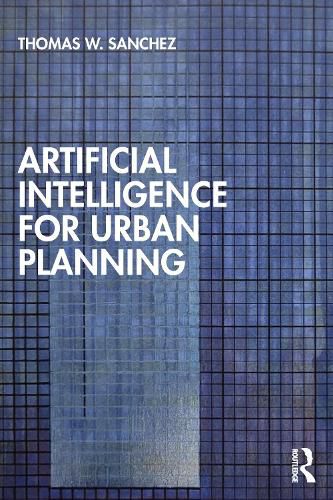Readings Newsletter
Become a Readings Member to make your shopping experience even easier.
Sign in or sign up for free!
You’re not far away from qualifying for FREE standard shipping within Australia
You’ve qualified for FREE standard shipping within Australia
The cart is loading…






This book aims to introduce planners to AI, outlining essential concepts, terminologies, and methodologies. AI now promises to reshape urban planning, but as with many technological innovations, AI also introduces ethical, practical, and organizational challenges. Understanding both AI's current capabilities and its limitations is essential for planners, even as we acknowledge the rapid and unpredictable nature of its evolution. Chapters address some of these complexities, not by providing definitive answers, but by introducing urban planners to core AI topics. The book shows how planners can effectively use AI in their daily practices, engage constructively with technical specialists, and critically assess the appropriateness of these technologies in different planning contexts. This book will be of interest to both urban planning professionals and researchers.
$9.00 standard shipping within Australia
FREE standard shipping within Australia for orders over $100.00
Express & International shipping calculated at checkout
This book aims to introduce planners to AI, outlining essential concepts, terminologies, and methodologies. AI now promises to reshape urban planning, but as with many technological innovations, AI also introduces ethical, practical, and organizational challenges. Understanding both AI's current capabilities and its limitations is essential for planners, even as we acknowledge the rapid and unpredictable nature of its evolution. Chapters address some of these complexities, not by providing definitive answers, but by introducing urban planners to core AI topics. The book shows how planners can effectively use AI in their daily practices, engage constructively with technical specialists, and critically assess the appropriateness of these technologies in different planning contexts. This book will be of interest to both urban planning professionals and researchers.